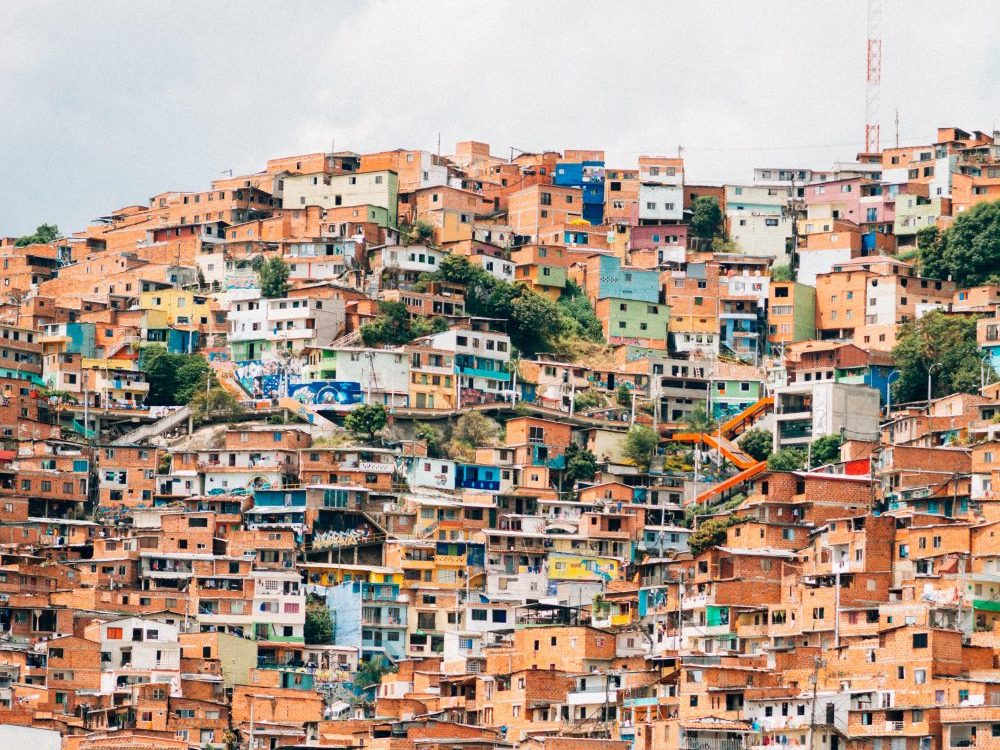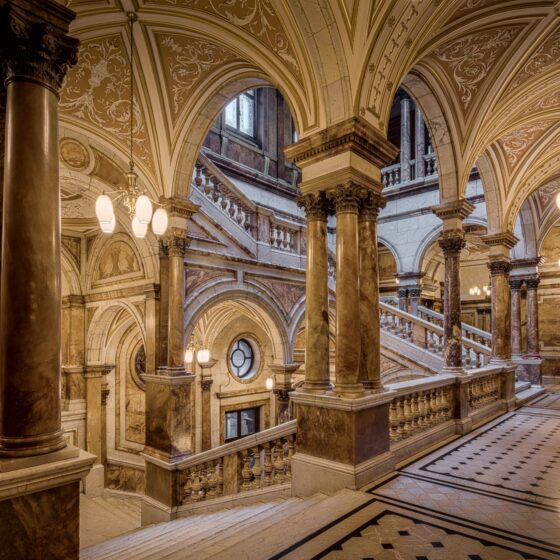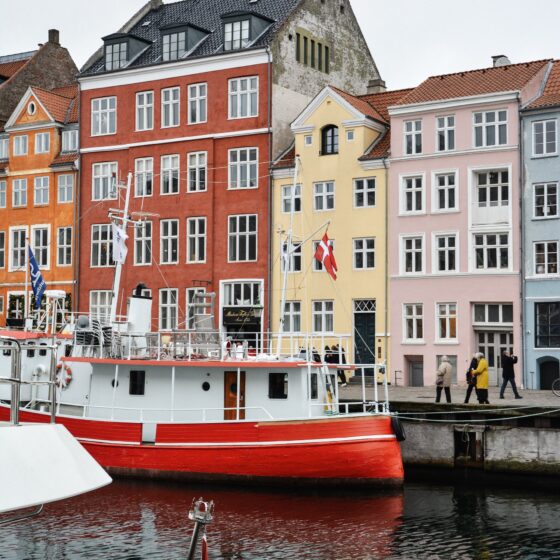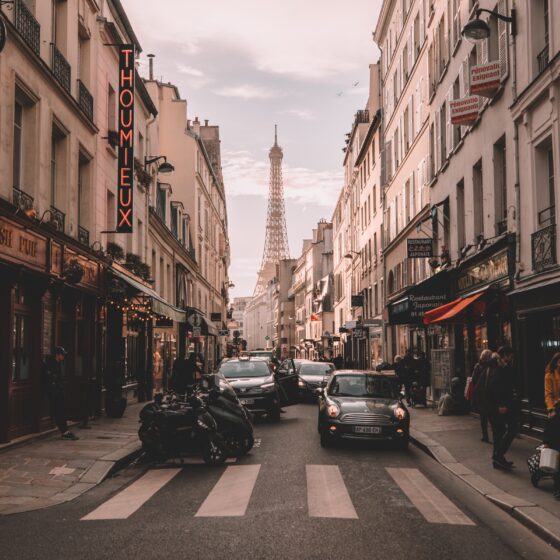There are plenty of reasons why la Cidade maravilhosa is one of the world’s top travel destinations. It’s home to Christ the Redeemer, Sugarloaf Mountain and Copacabana, where you can take in stunning city views and even more beautiful people. But what about the city’s others? The world people don’t like to speak of so much. Rio’s so-called ‘slums‘?
For many, the word favela conjures up images of violence and gang warfare. But for Theresa Williamson, executive director of the nonprofit group Catalytic Communities, the word slum is “a lazy translation and it’s unfair to the people who live here”. She says, “favelas are unregulated. They’re poorly serviced. But don’t call them ‘slums’. The word implies that all favelas are the same. The word ‘slum’ makes it easier to ignore.”
Instead, travellers should look past the lazy translation and discover that part of what makes the city so maravilhosa is its 1,000 vibrant and diverse favelas. But to understand why these communities should not be feared or ignored, it’s important to understand where they came from. Dating back to the 19th century, the particularly late abolition of slavery in 1888 saw the eruption of a new workforce, and many flocked to Rio in search of a better life. But lack of government support and an extremely unequal land system saw informal settlements spring up across the city. What started as squatting on one hillside, Morro da Providência, soon spread. Fast forward and today there are 1.5 million people, nearly a quarter of the population (24 per cent), living in favelas, with many turning to them as a form of affordable housing in an otherwise unregulated property market. That doesn’t exactly sound like the ‘lawless slums’ so often conveyed, eh?
To an outsider, entering one for the first time can be a culture shock. Houses seem makeshift and the confusing mix of brick, concrete and reinforced steel can be off-putting. But look inside and you’ll find all the modern luxuries, with 44 per cent of households owning a computer. Sure, in the lesser visited ones, people stare – that’s a given. They’re not used to seeing a foreigner coming to stay. But don’t mistake genuine interest for something more sinister. Indeed, some people believe you’re safer inside a favela than walking on the streets of Ipanema, a trendy neighbourhood lined with bougie cocktail bars and gourmet restaurants, popular with tourists and Rio’s elite. This is because favelas have unwritten community codes and stealing within the favela is considered ‘stealing from your own’.
What’s more, using a definition such as a ‘shantytown’ or ‘urbanised slum’ to describe a favela is outdated. Historian Bryan McCann explained in his book, Hard Times in the Marvelous City, “the term is difficult to define, because favelas have changed so dramatically over the past thirty-five years.” If any favela encapsulates this, it is the up-and-coming neighbourhood of Vidigal, which clings to the Dois Irmãos, or Two Brothers, hillside. Once notorious for rife gang violence, the favela has flourished since its successful pacification in November 2011. Now there’s a growing hipster culture, with many travellers choosing to stay here to get a taste of the ‘alternative’ Rio experience. It’s even begun to capitalise upon itself by offering tourists an insight into what a typical Brazilian favela is like. And on the other side of the city, in the Zona Sul, another favela is also defying expectations.
Sprawled across Rio’s hillside, Chapéu Mangueira offers first-class views of Copacabana and has become a foodie mecca. Bar do David has earned its place as one of Rio’s hottest dining destinations, having won the Comida di Buteco award numerous times for being the country’s best boteco – a ‘pub’ serving Brazilian food. It’s a steep walk to the top of the hill, but relaxing with a bowl of feijoada and a Skol beer makes it worth the climb. Or try Bar do Alto, a short walk away in the neighbouring favela of Babilonia, where you can sip on a Carioca cocktail – a mixture of sparkling wine and açai – while taking in the city’s magical views.
The cautionary note with all of this, of course, is to not be lulled into a utopian illusion that no problems exist at all. Crime happens. Gangs exist. And there are spotters – young children armed with walkie talkies – recruited to watch favela perimeters to check who’s coming in and out. Until just a few years ago, Rio’s largest favela, Rocinha, which shares the same hilltop as Vidigal, was also considered one of its safest. But unpredictable and violent clashes between gang rivals and police have since made it a no-go area for tourists. So, to avoid getting into trouble, do your homework. Booking onto a favela tour which is community-run is a safe way to visit and get a taste for favela life, while also doing a good deed by putting money back into the local economy. Although some argue that these tours are voyeuristic, this only serves to reinforce the narrative of the ‘slum’, ignoring that favelas are thriving communities with plenty to offer the curious backpacker.
So, I’ll say it loud and proud: I’m glad I visited a favela. It only added to my experience of Rio de Janeiro, which has earned its place up there with New York City, London and Tokyo as one of the world’s great capitals everyone should visit at least once in their lives. Part of what makes the city so vibrant and diverse is its favelas, which should not be feared or ignored. But the only way to overcome these negative word associations is to experience it for yourself. Visiting a favela should top any first time traveller’s Rio bucket list. Yes, by all means, surf, sea and samba – but whatever you do, don’t call them ‘slums’.









